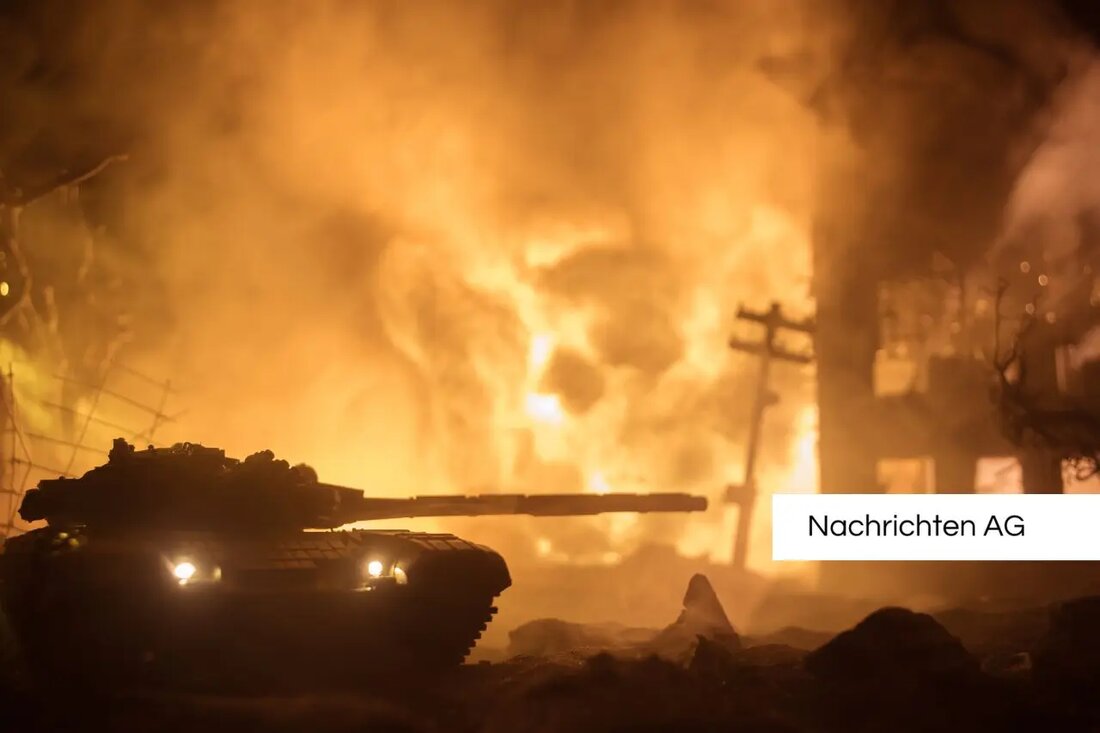Easter for peace: thousands demonstrate against war and upgrade
Easter for peace: thousands demonstrate against war and upgrade
On Holy Saturday, April 19, 2025, thousands of people for peace mobilized in Germany. Around 70 Easter marches took place in different cities, with the concerns of protesting against war and upgrade. A total of around 100 events are planned by Easter Monday, as the Network Friedenscooperative announced in Bonn.
The main topics of the Easter marches are complex and reflect the current geopolitical tensions. These include the planned upgrade in Germany, the Russian attack war against Ukraine and the war between Israel and Hamas in the Gaza Strip. A central demand for demonstrators is to avoid the stationing of US medium-sized routes in Germany. With the campaign, the participants are particularly aimed at the new federal government and are calling for a policy that is "peace -capable instead of warstay", as spokesman Kristian Golla emphasizes.
crisis awareness and public response
The response to the individual events is high worldwide due to the increasing crises and wars. The motto of the actions is: "Stop wars - peace and disarmament now!" Golla underlines the need for disarmament contracts and clever diplomacy instead of new debts and other armaments construction. The aim of the Easter marches is to end the war in Ukraine and to develop a common security architecture in Europe, guaranteed peace for Ukraine and include Russia in the long term.
tradition and development of Easter marches
The Easter March movement has a tradition over 60 years. Inspired by British peace activists, the first Easter march in the Federal Republic of Germany in 1960 took place with around 1,500 participants. The best-known march, which developed into a symbol of the movement, was the 80-kilometer-long Adlermaston march, which took place in Great Britain in 1958.
Over the years, the movement experienced various ups and downs. In the late 1960s, 150,000 people took part in Easter campaigns in over 200 cities. Easter marches have expanded since then to address current challenges such as climate protection and refugee recording. In recent years, the network of peace cooperative has a moderate increase in the number of participants, which indicates the growing commitment of people against war and for diplomatic solutions.
The Easter marches are also characterized by discussions about weapon exports and the risks of nuclear power. Many prominent voices, such as Margot Käßmann, defended the peace demonstrations, while others, including Wolfgang Thierse (SPD) and Robert Habeck (Greens), expressed critical comments on the slogan demands "create peace without weapons". This dynamic shows that dialogue about peace and security in Germany is more current than ever.
| Details | |
|---|---|
| Quellen | |


Kommentare (0)